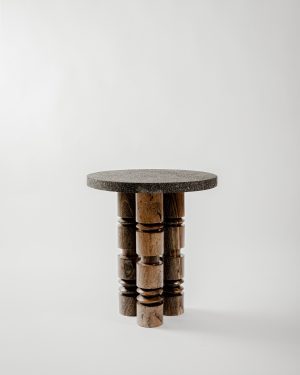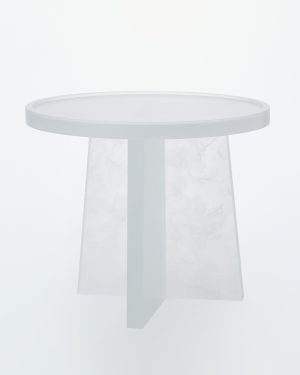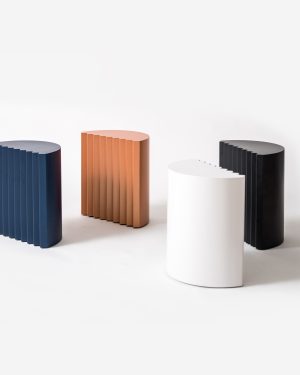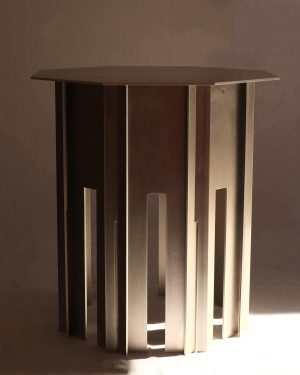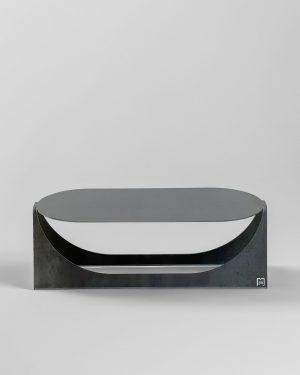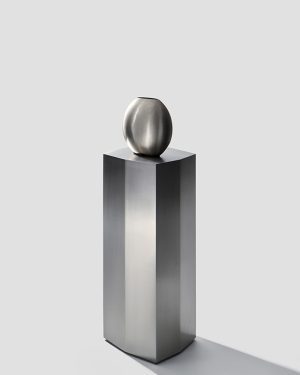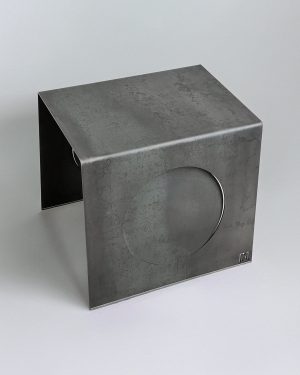Modern Side Tables: Stylish and Functional Additions for Every Room
Modern side tables are versatile pieces that can elevate the functionality and style of any space. Perfect for living rooms, bedrooms, and small spaces, contemporary side tables offer convenient surfaces for holding decor, drinks, and essentials. Whether you’re seeking a minimalist design, a Danish-inspired look, or a unique statement piece, designer side tables are available in various materials and styles to suit every home.
What Are Modern Side Tables and Why Are They Essential?
Side tables are small, functional surfaces typically placed next to sofas, armchairs, or beds. These tables add style and convenience, allowing you to keep everyday items within reach while enhancing your room’s decor.
How Do Side Tables Enhance Living Rooms and Bedrooms?
In living rooms, contemporary side tables for living rooms are perfect for holding drinks, remotes, or decorative accents. In bedrooms, they can serve as nightstands, offering storage and convenience. These tables help complete a room's look by adding both style and functionality.
Types of Modern Side Tables for Different Spaces
Side tables come in a range of shapes, sizes, and functions, making them adaptable to various needs. Whether you need a compact piece for a small space or a bold accent for a larger room, there’s a side table to fit your needs.
Compact Side Tables for Small Spaces
For homes with limited space, compact side tables provide the perfect solution. Contemporary side tables for small spaces are designed to fit seamlessly into tight corners and narrow areas, providing a functional surface without overwhelming the room.
- Look for designs with slim profiles, such as round or narrow rectangular tables, to save space.
- Compact side tables can serve as functional decor, adding style without taking up much room.
End Tables as Versatile Accent Pieces
End tables are a type of side table often placed at the ends of sofas or alongside lounge chairs. These tables come in a variety of styles, from sleek minimalist designs to bold statement pieces.
- Modern contemporary end tables add style and utility to your seating areas, offering surfaces for lamps, books, or decor items.
- Look for end tables with unique shapes or materials to add character and sophistication to your living room.
Materials That Define Modern Side Tables
The material of a side table plays a significant role in its durability, look, and feel. From wood to metal, recycled materials, stone, and glass, choosing the right material ensures that your side table complements your decor style.
Wooden Side Tables: Warm and Versatile
Wooden side tables bring warmth and natural beauty to any room. Known for their timeless appeal, wooden tables are versatile and durable, making them an excellent choice for both classic and modern interiors.
- Contemporary side tables crafted from wood can fit into Scandinavian, mid-century, or rustic designs, adding a cozy touch.
- Choose side tables made from solid wood or reclaimed wood for an eco-friendly, long-lasting option.
Metal Side Tables: Sleek and Modern
Metal side tables bring a sleek, industrial touch to any space. Known for their durability, metal tables are perfect for high-traffic areas and modern interiors.
- Modern side tables in metal designs often feature minimalist frames and neutral tones, offering a clean, contemporary look.
- For a balanced aesthetic, pair metal side tables with wood or glass accents, adding depth and contrast to your decor.
Marble Side Tables: Elegant and Luxurious
Marble side tables add a touch of elegance and luxury to any room. Known for its durability and unique veining, marble is a popular choice for those looking to create a refined and upscale look.
- Designer side tables with marble tops are perfect for making a statement in living rooms or bedrooms, adding a sophisticated touch.
- Marble pairs beautifully with metal or wood bases, creating a balanced design that combines natural beauty with modern aesthetics.
Glass Side Tables: Light and Airy
Glass side tables bring a sense of lightness to rooms, making them ideal for small spaces or areas that need an open feel. Glass tables work well in contemporary and minimalist interiors.
- Modern contemporary end tables with glass tops offer a sleek, transparent look that doesn’t overwhelm the room, making them ideal for compact spaces.
- Glass tops paired with metal or wood bases provide a stylish contrast, creating an airy, sophisticated appearance.
Why Choose Recycled Materials for Side Tables?
Recycled materials, such as reclaimed wood and recycled metal, are popular choices for eco-conscious homeowners. Side tables made from recycled materials bring a unique character to any room while supporting sustainable design.
- Designer side tables crafted from recycled materials add a distinctive look to eclectic or bohemian spaces.
- Choose tables with a mix of materials, like metal frames with recycled wood tops, for a sustainable yet stylish statement.
Styles of Contemporary Side Tables to Match Your Decor
Side tables come in a variety of styles, each adding a unique aesthetic to your room. Whether you’re drawn to the simplicity of Scandinavian design or the boldness of maximalism, there’s a side table to match your style.
Mid-Century Modern Side Tables: Timeless and Elegant
Mid-century modern side tables are characterized by their clean lines, tapered legs, and organic shapes. This design style offers a timeless appeal that blends seamlessly with contemporary decor.
- Danish modern end tables are a classic choice, featuring wood frames and minimalist designs that add sophistication to living rooms and bedrooms.
- Pair mid-century tables with retro-inspired furniture to create a cohesive, stylish look.
Minimalist Side Tables: Simple and Functional
Minimalist side tables focus on clean lines, neutral colors, and functional design. These tables are designed to fit easily into a variety of interiors without overwhelming the space.
- Contemporary side tables in minimalist styles might feature slim metal frames and simple, monochromatic tops for a sleek, understated look.
- Minimalist tables work well in small spaces, as their simplicity helps create an open and uncluttered feel.
Maximalist Side Tables: Bold and Unique
For those who love vibrant colors and striking patterns, maximalist side tables bring personality to any room. These tables are designed to stand out, adding a touch of glamour and energy to your decor.
- Unique side tables in the maximalist style may feature bold shapes, luxurious materials, or eye-catching colors that draw attention.
- Use a maximalist side table as a focal point in a room, pairing it with neutral decor to let the table shine.
Scandinavian Side Tables: Functional and Cozy
Scandinavian design emphasizes simplicity, functionality, and the use of natural materials. Scandinavian side tables often feature light woods, clean lines, and a minimalist aesthetic, making them perfect for contemporary homes.
- A Scandinavian side table might incorporate pale wood tones and soft, rounded shapes for a warm and inviting look.
- These tables are ideal for minimalist or cozy living spaces, where comfort and simplicity are key.
Multi-Functional Uses of Modern Side Tables
Modern side tables are incredibly versatile and can serve multiple functions around the home. From holding decor to providing extra storage, these tables add convenience and style to various rooms.
Can Side Tables Be Used as Small Coffee Tables?
Yes, side tables can double as small coffee tables, especially in compact living rooms or apartments. This multifunctional use provides flexibility in your layout, offering a spot for drinks, books, or decor items.
- Contemporary side tables for small spaces are perfect for this purpose, offering both style and function without taking up too much room.
- Look for side tables with flat, sturdy tops to ensure stability when using them as coffee tables.
Storage Side Tables: Practical and Discreet
Some side tables come with built-in storage, such as drawers or shelves, making them ideal for keeping essentials like remote controls, books, or magazines out of sight.
- Modern contemporary side tables with storage provide a clever solution for maintaining a clutter-free space.
- Choose a storage side table with a clean design to blend seamlessly with your decor while adding practicality.
Extra Surface Space for Entertaining and Decor
Side tables are perfect for adding surface space in living rooms and bedrooms, providing a convenient spot for drinks, lamps, or decorative items.
- Designer side tables with unique shapes or materials can enhance the room’s aesthetic while offering a functional surface for guests.
- Use multiple side tables in a larger room to create a cohesive and functional layout that serves various purposes.
Why Choose ADORNO for Contemporary and Unique Side Tables?
ADORNO offers a curated selection of contemporary side tables and unique end tables that combine quality craftsmanship with innovative design. Whether you’re looking for a minimalist side table or a bold statement piece, ADORNO’s collection provides stylish and functional options for any room.
How Does ADORNO Curate Contemporary Side Tables?
Each side table in ADORNO’s collection is chosen for its design, craftsmanship, and ability to enhance modern interiors. ADORNO focuses on quality, ensuring that every piece offers both durability and style, making them valuable additions to any home.
Shop Now to explore ADORNO’s exclusive range of contemporary side tables and modern end tables, and find the perfect addition to elevate your space.

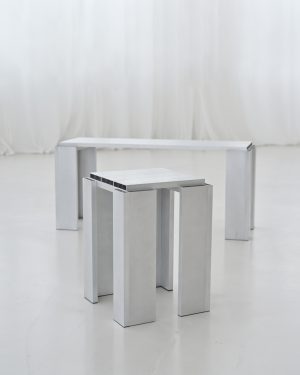 In stock
In stock


 In stock
In stock
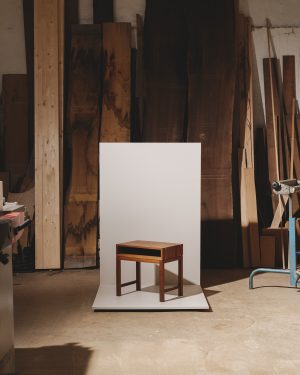



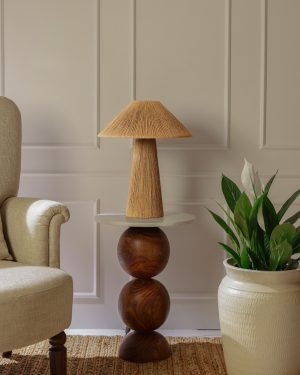

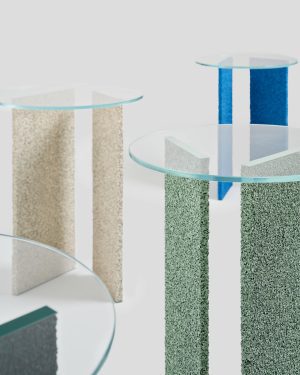 In stock
In stock


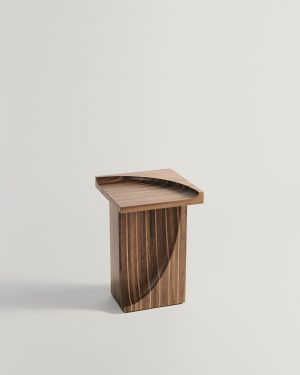



 In stock
In stock
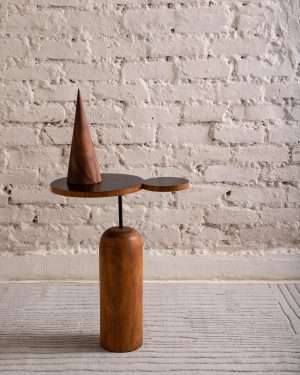

 In stock
In stock
 In stock
In stock
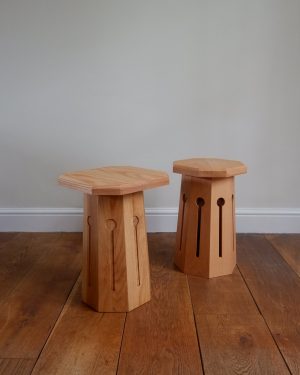

 In stock
In stock
 In stock
In stock
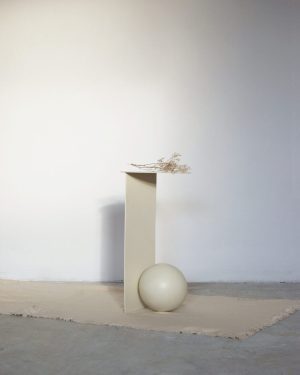



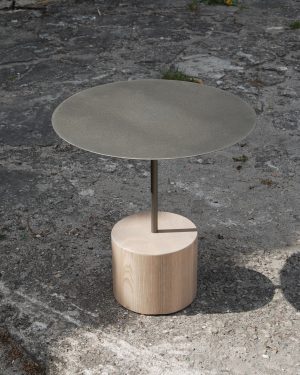

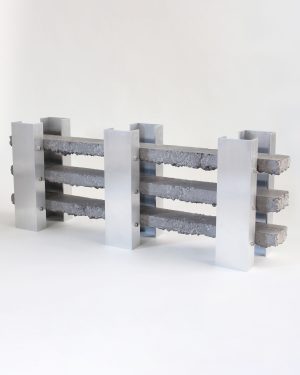









 In stock
In stock
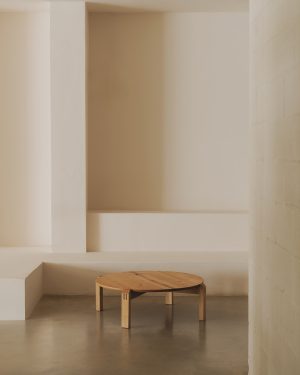 In stock
In stock




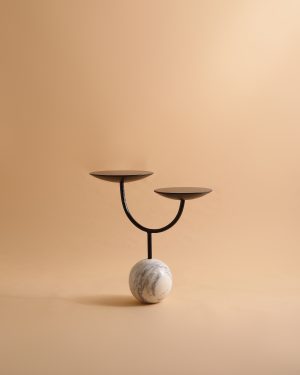

 In stock
In stock
 In stock
In stock
 In stock
In stock
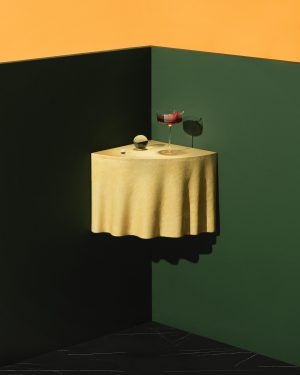 In stock
In stock


